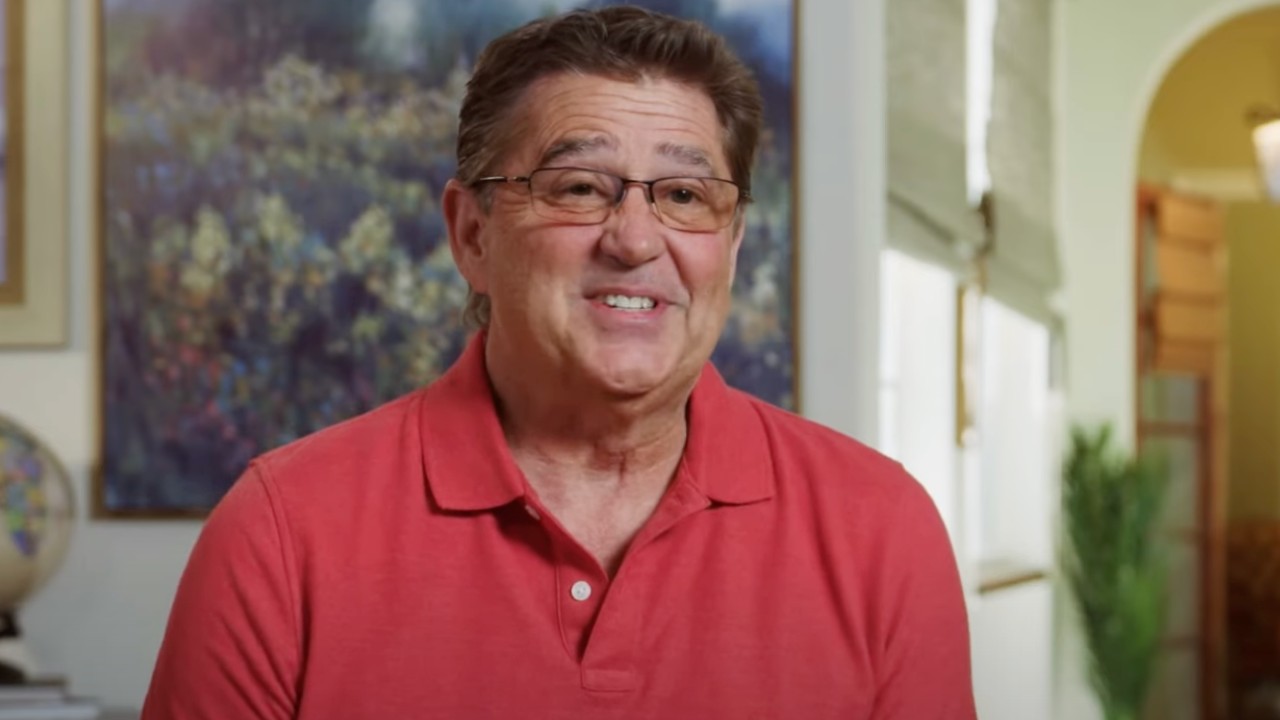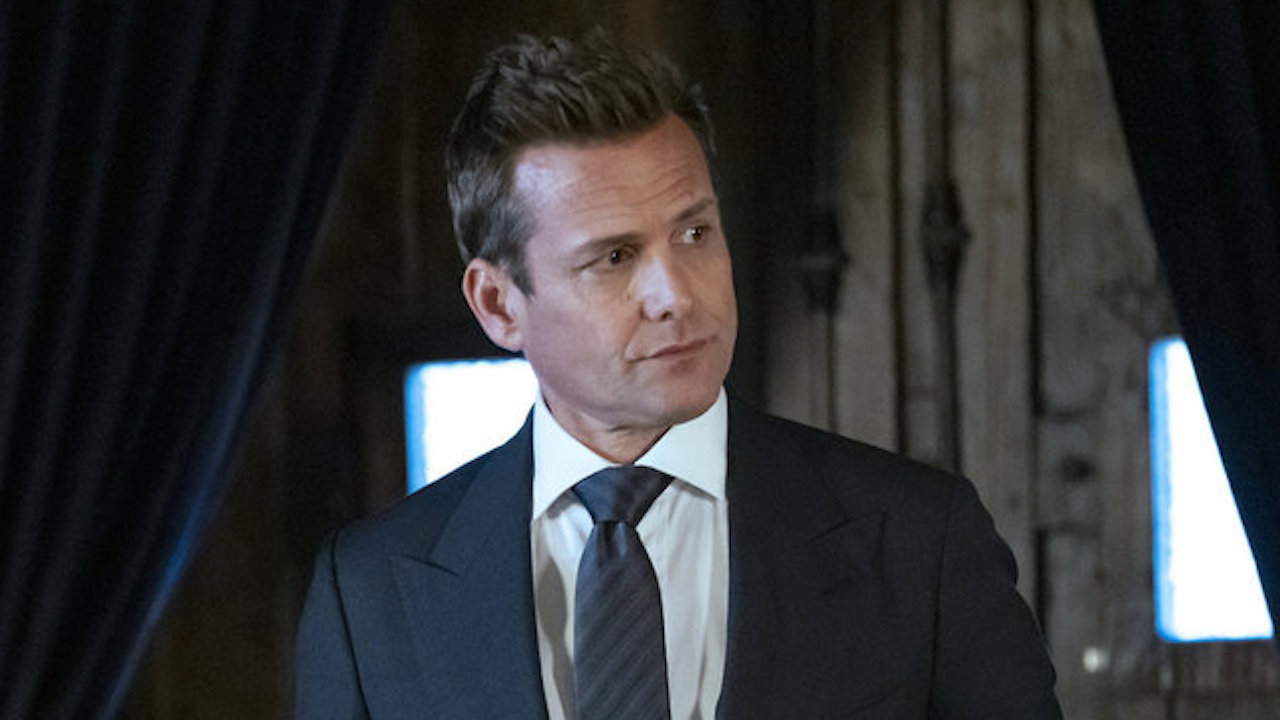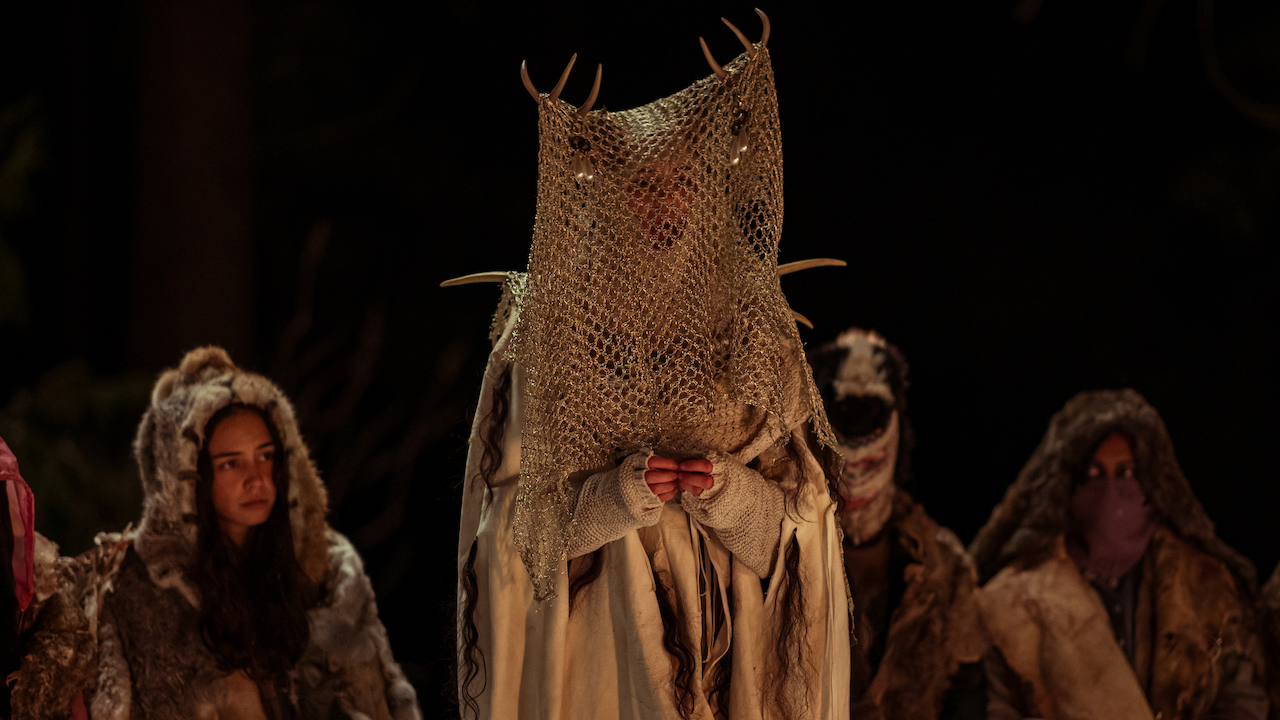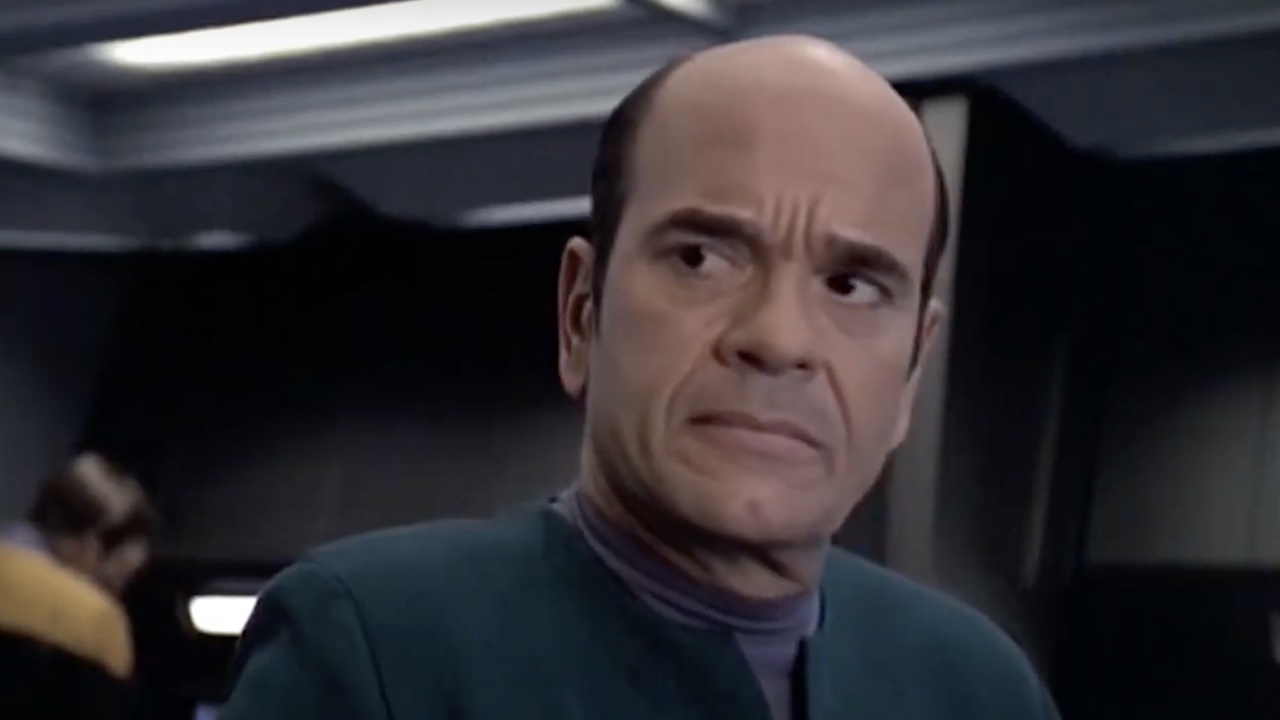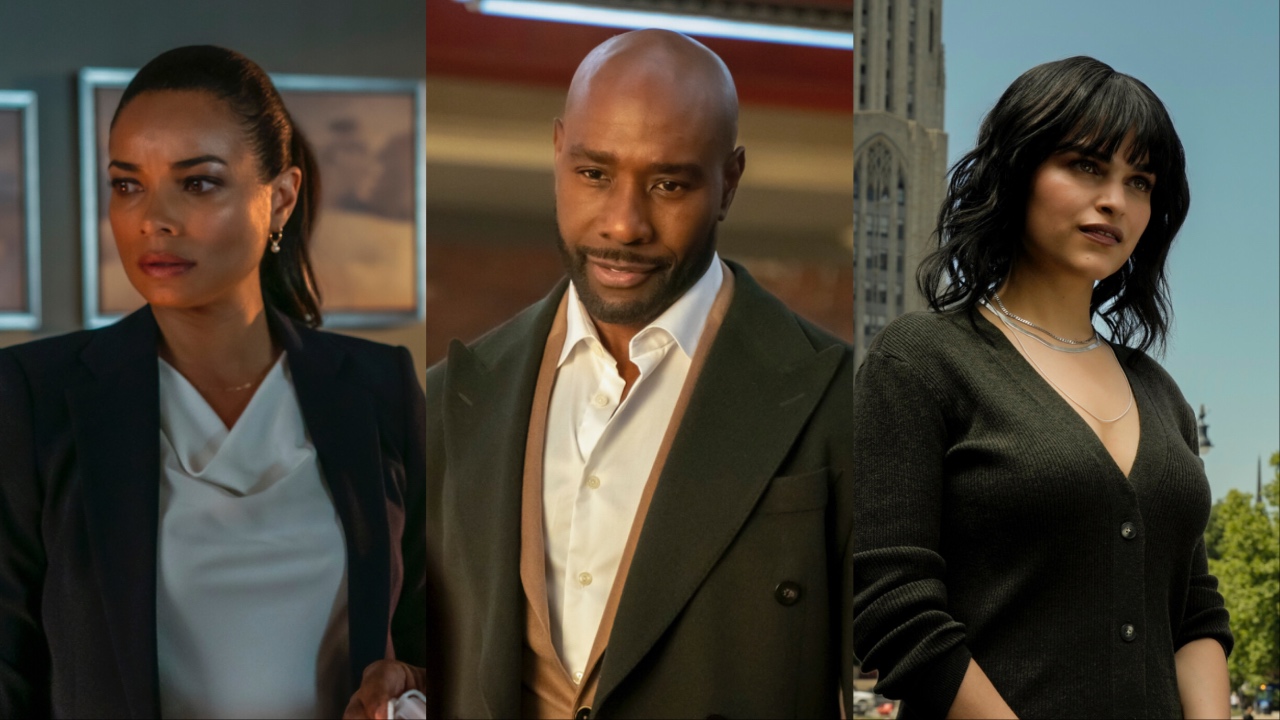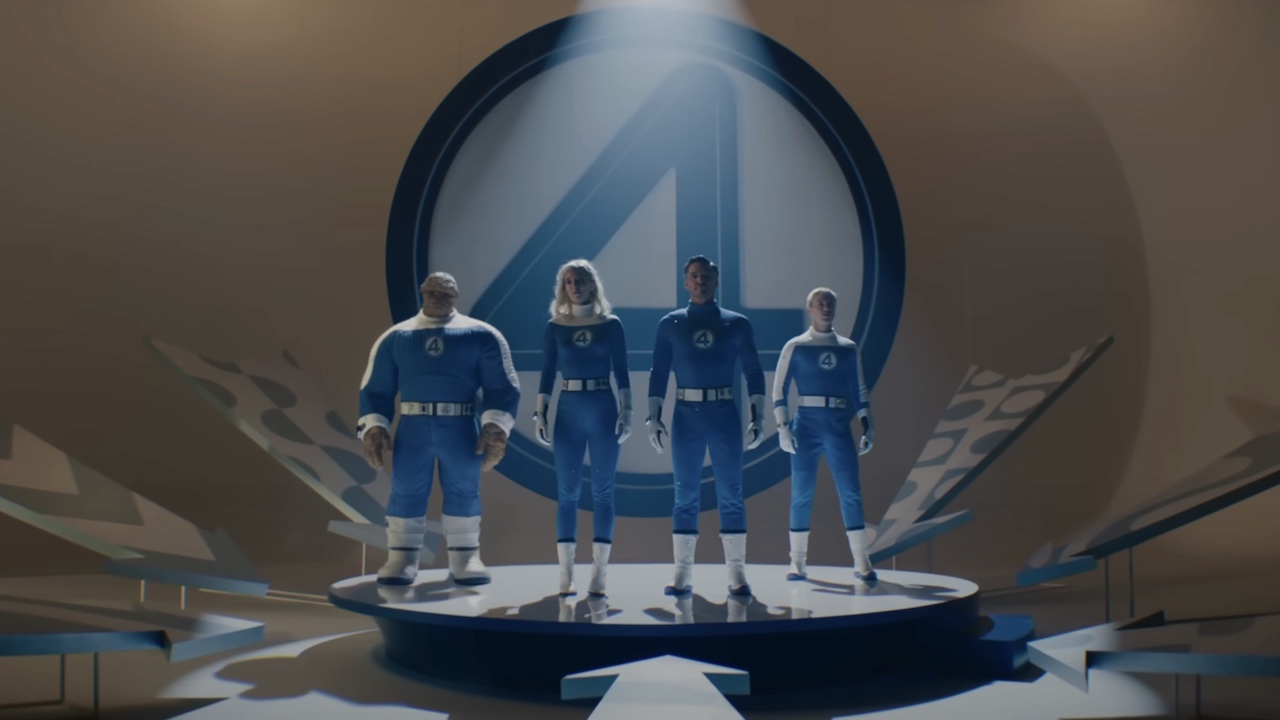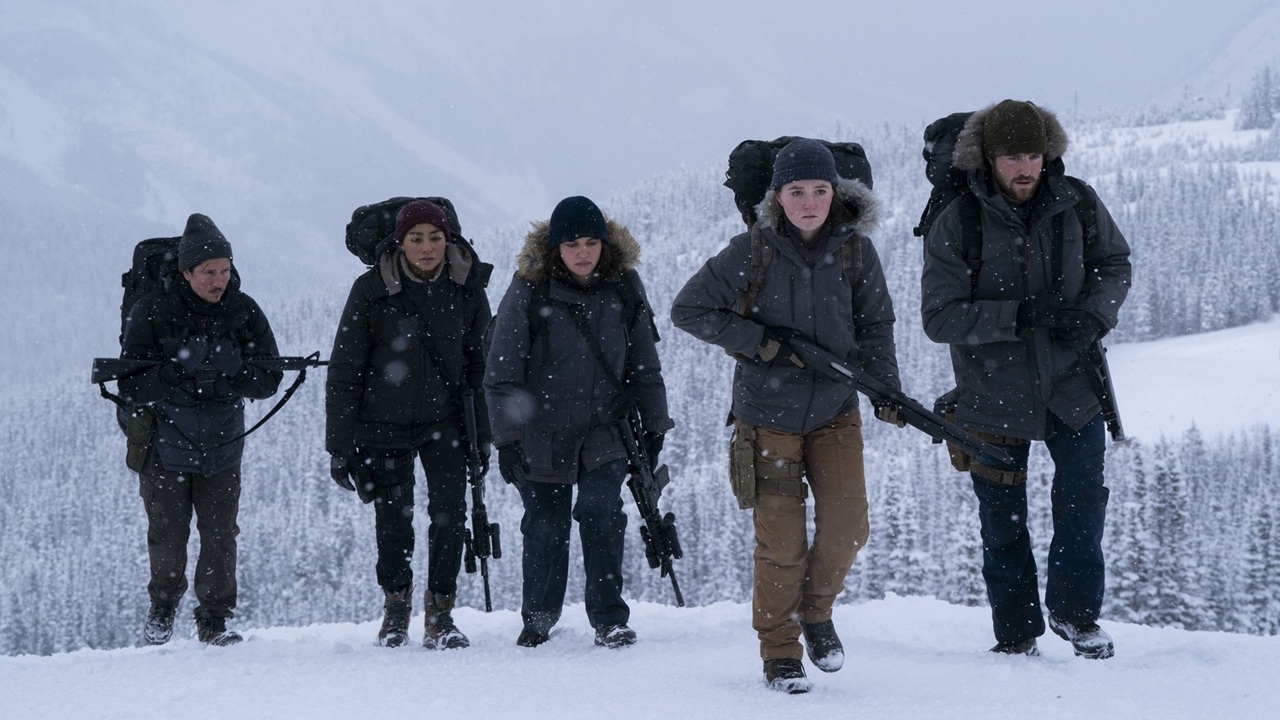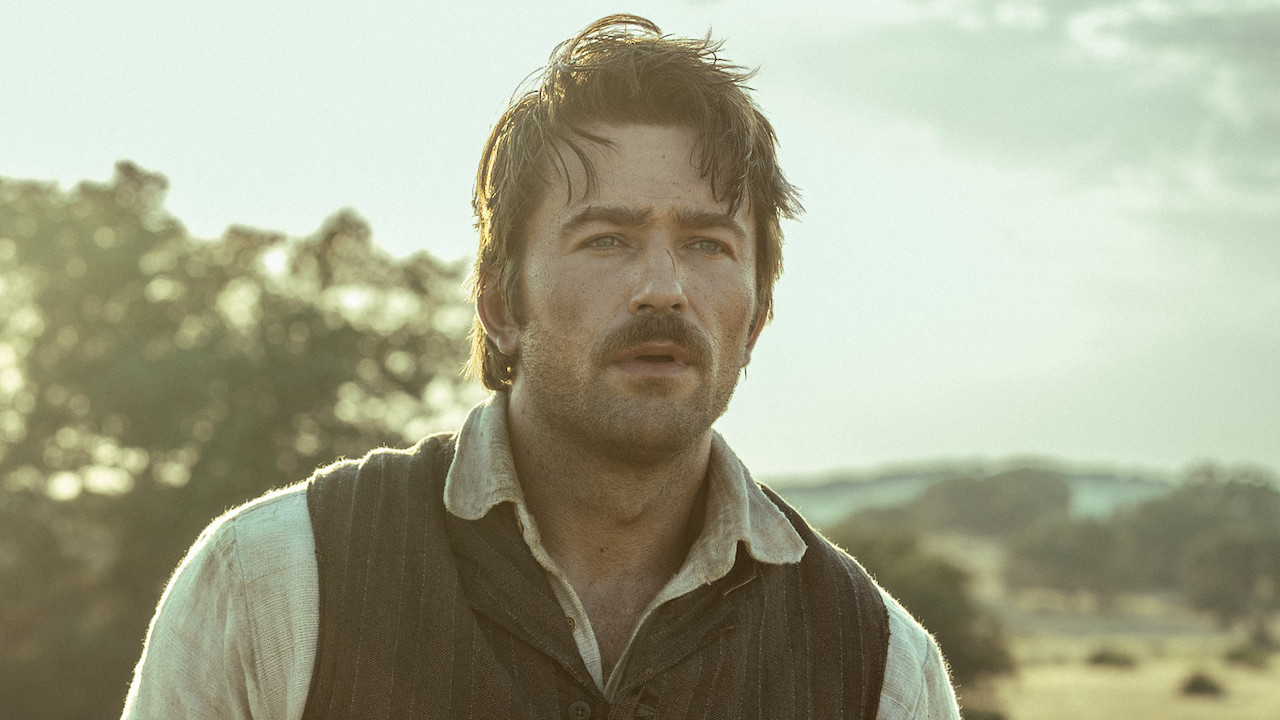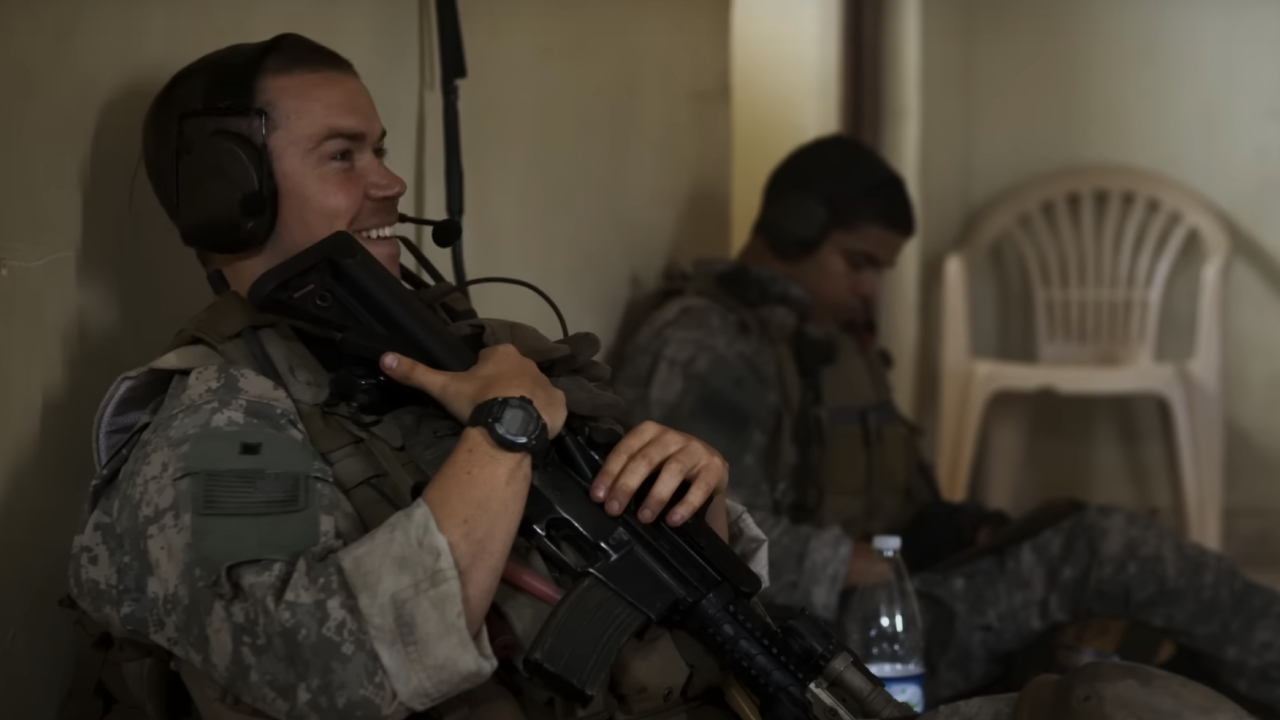Christopher Nolan's Dunkirk: 10 Mind-Blowing Behind-The-Scenes Facts
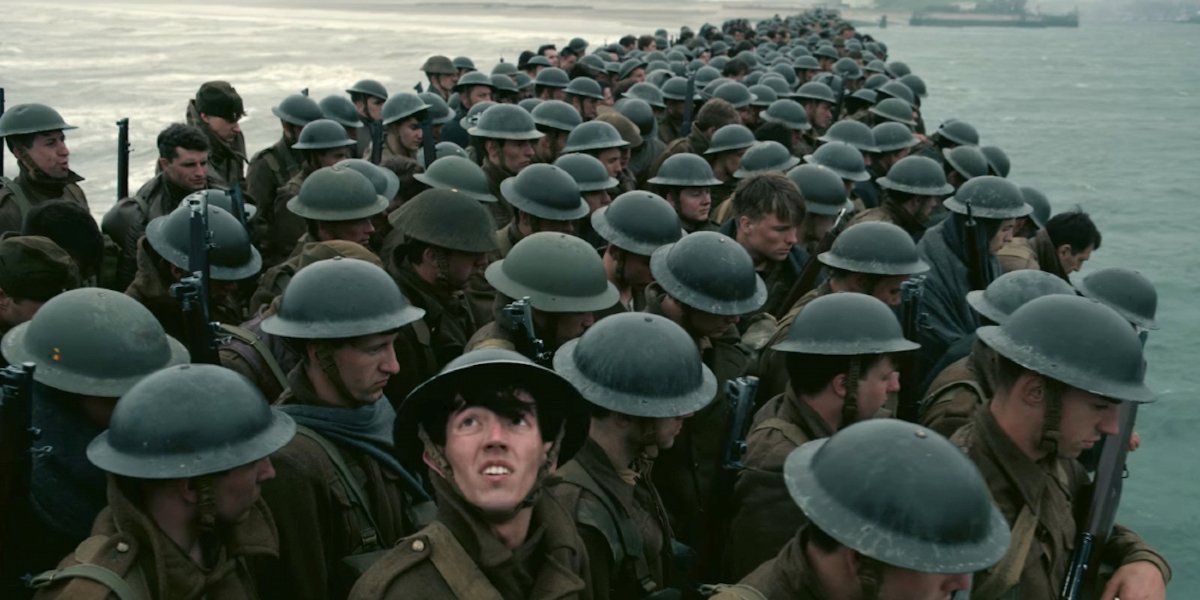
There are war movies and then there is Christopher Nolan's deconstruction and reinvention of the genre, Dunkirk. The award-winning and unconventional retelling of one of the most pivotal moments of the second World War was unlike anything anyone had seen at the time of the film's summer 2017 release. And just like everything else from the acclaimed director of movies like Memento, the Dark Knight trilogy, and the forthcoming Tenet, the process of how he put the movie together makes for some mind-blowing behind the scenes facts, some of which go above and beyond what a filmmaker should have to do to make a movie.
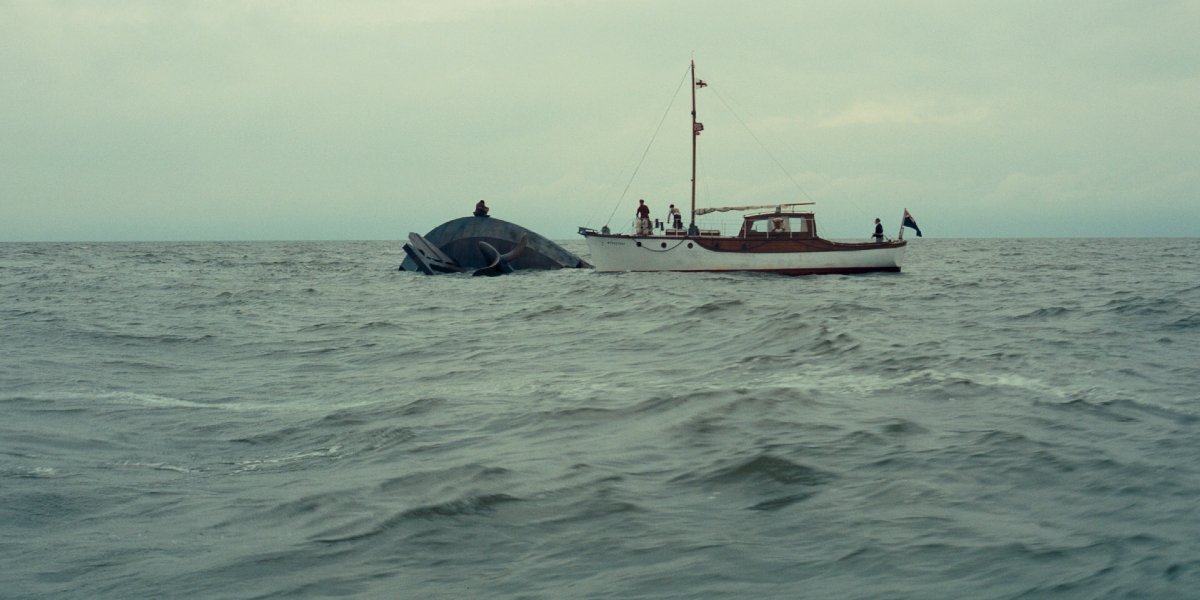
Christopher Nolan Was Inspired To Tell The Story Of Dunkirk After Sailing Across The English Channel
One of the major storylines of Dunkirk is that of the British civilians taking their personal boats across the English Channel to rescue the soldiers trapped on the beach. Growing up hearing the fables of this monumental feat, Christopher Nolan was even more inspired to tell that story after he and his wife and producing partner Emma Thomas helped a friend sail across the waterway many years ago, which he touched on in the making-of documentary on the film's Blu-ray release:
What really stuck with me from that experience was just how extraordinary the notion was of civilians taking small boats across these very difficult waters, knowing they are heading into a war zone.
Along with one of their friends, the couple fought tough waters on what was supposed to be a leisurely cruise across the channel, one that ended up taking nearly 24 hours as opposed to the original, much shorter planned duration. It was then when he fully appreciated the sacrifice so many were willing to make.
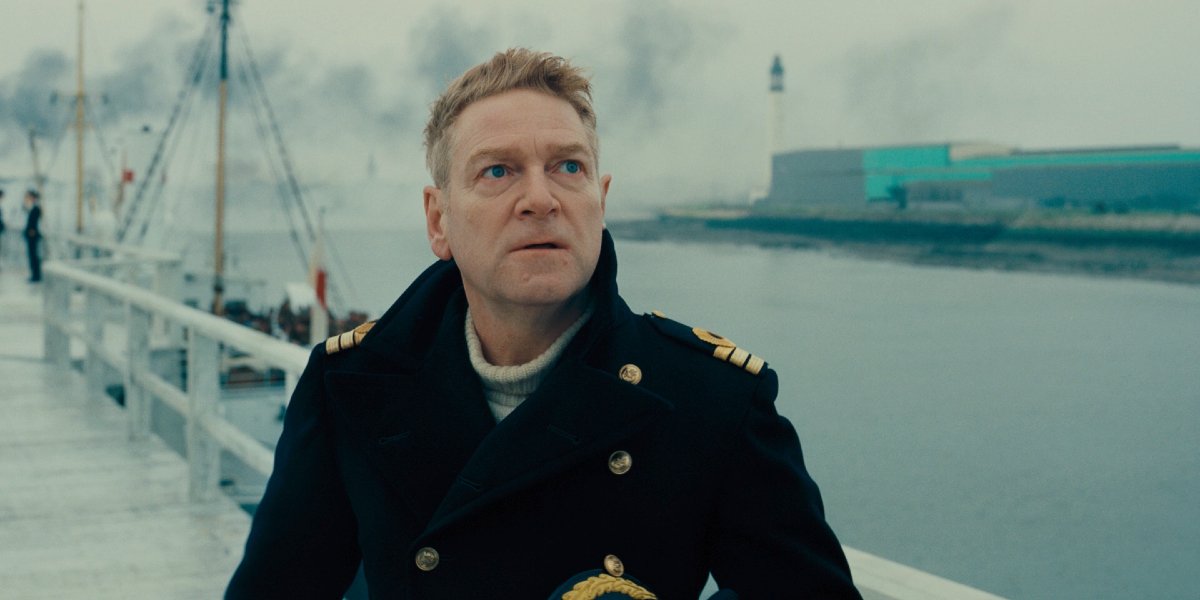
Steven Spielberg Helped Christopher Nolan Fine-Tune His Vision For The WWII Epic
When preparing Dunkirk, Christopher Nolan reached out to a filmmaker responsible for one of the most consequential military dramas of all time — Steven Spielberg. To better prepare for some of the large scale battle sequences featured in his own movie, Nolan told Variety that he asked Spielberg for a print of Saving Private Ryan, and he received one that had only been played a total of 12 times.
In addition to the pristine print of the film, Spielberg also gave some advice to Nolan by telling him to put the research first and foremost to best tell the story of what happened on that beach. Only after watching the print did Nolan realize exactly how he wanted to convey tension and tell the story in his own way.
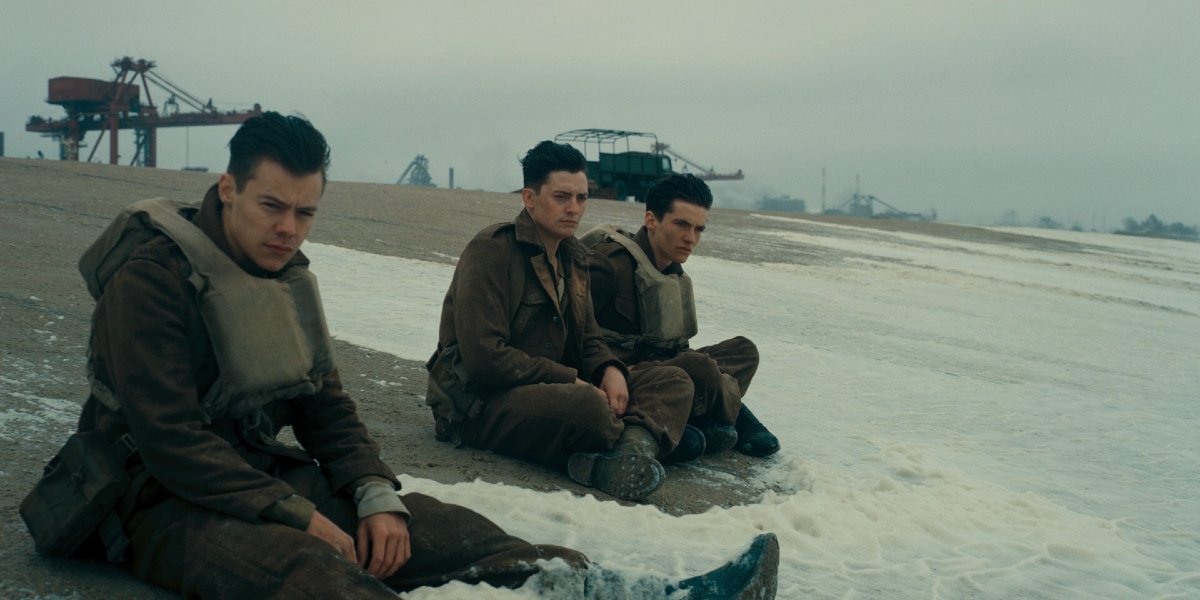
Christopher Nolan Originally Wanted To Go Without A Script
Unlike a lot of Christopher Nolan's other movies, Dunkirk is very light in terms of dialogue, and because of that, the director originally wanted to go without a script because he felt like he had an understanding of the scope and movement of the story he wanted to tell and that he was comfortable with not having written lines for the actors. But as he told THR in 2017, his wife and producing partner, Emma Thomas, looked at him like he was crazy and basically told him that wouldn't cut it. After the conversation, Nolan turned around and quickly wrote a 76-page script, one of his shortest to date.
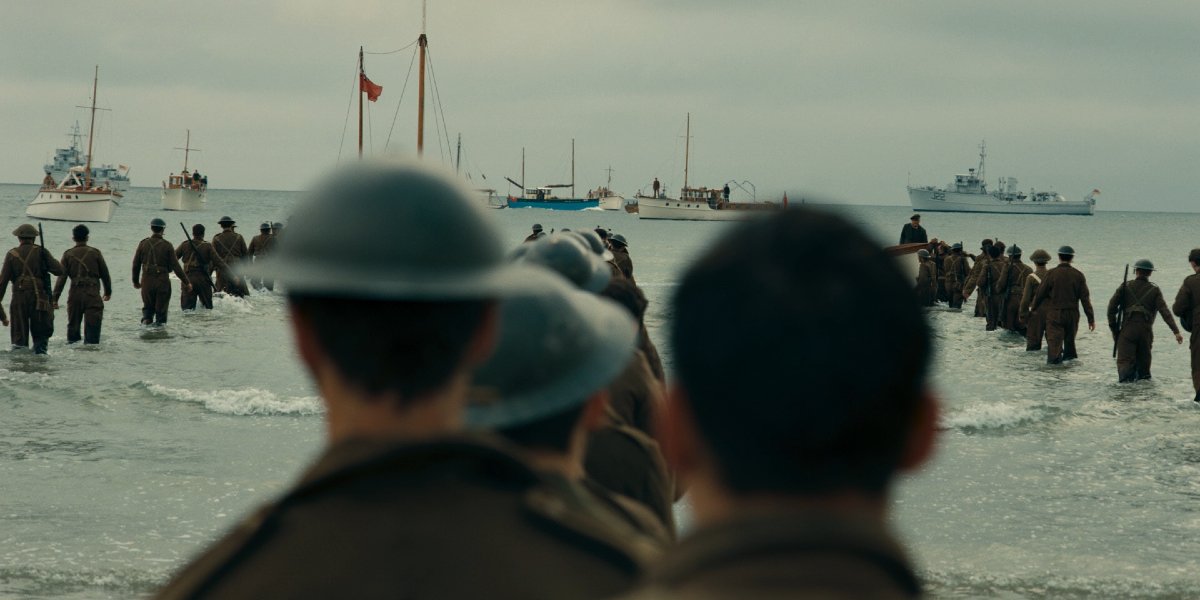
The Movie Was Partially Shot At The Actual Location Of The Dunkirk Evacuation
Christopher Nolan and the rest of film's producers could have shot Dunkirk on any given beach, but the director was hellbent on filming at least some of the movie on the actual beach where the Dunkirk evacuation took place more than a half-century earlier, a move assistant director Nilo Otero believes helped make the movie unlike anything seen before. In the making-of documentary on the film's Blu-ray release, Otero had this to say about the decision to film on location:
CINEMABLEND NEWSLETTER
Your Daily Blend of Entertainment News
The movie is absolutely informed by the real place, more than any picture I can think of. It brought a reality to the film that was otherwise unobtainable.
Not only were large sections of the movie filmed on the very beach where 400,000 soldiers waited to be rescued between May 26 and June 4, 1940, they were actually filmed during the anniversary of the monumental operation.
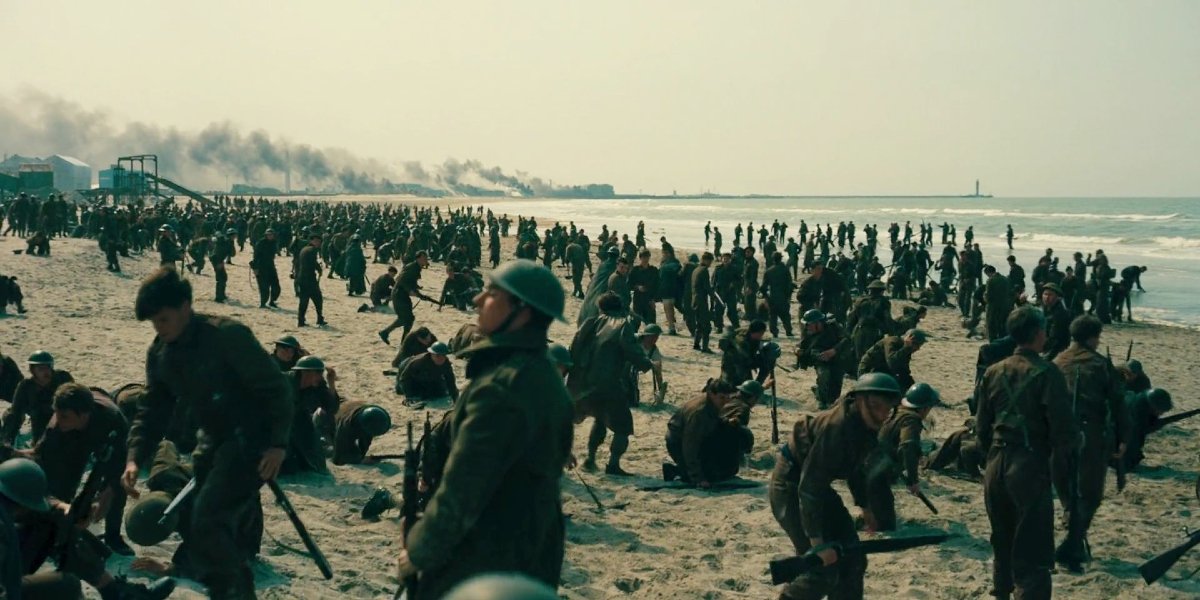
The Production Design Team Made Fences With Soldiers Drawn On Them Instead Of Digital Extras
At any given point in Dunkirk there are supposed to be roughly 400,000 soldiers on the beach, but finding that many extras (or relying on digital extras) wasn't going to work here, so the production team used a method from the past — they made "fences" of photographs of different people and stood them up along the beach for the far-off shots. In the making-of documentary on the film's Blu-ray release, executive producer Jake Meyer explained:
Instead of doing digital extras for the deep background, we basically built fences, which for lack of a better description, cardboard cut-outs of human beings painted and held by people. It's a great old school effect and Chris had said a few times, 'Let's do it like they would've done it before the technology existed.'
To set up the effect, the production design team would take photographs of different people in the costumes, replicate them in different poses, print them out and glue them to mesh fences that would then be stood up on the beach to make it look like there were hundreds of thousands of extras.
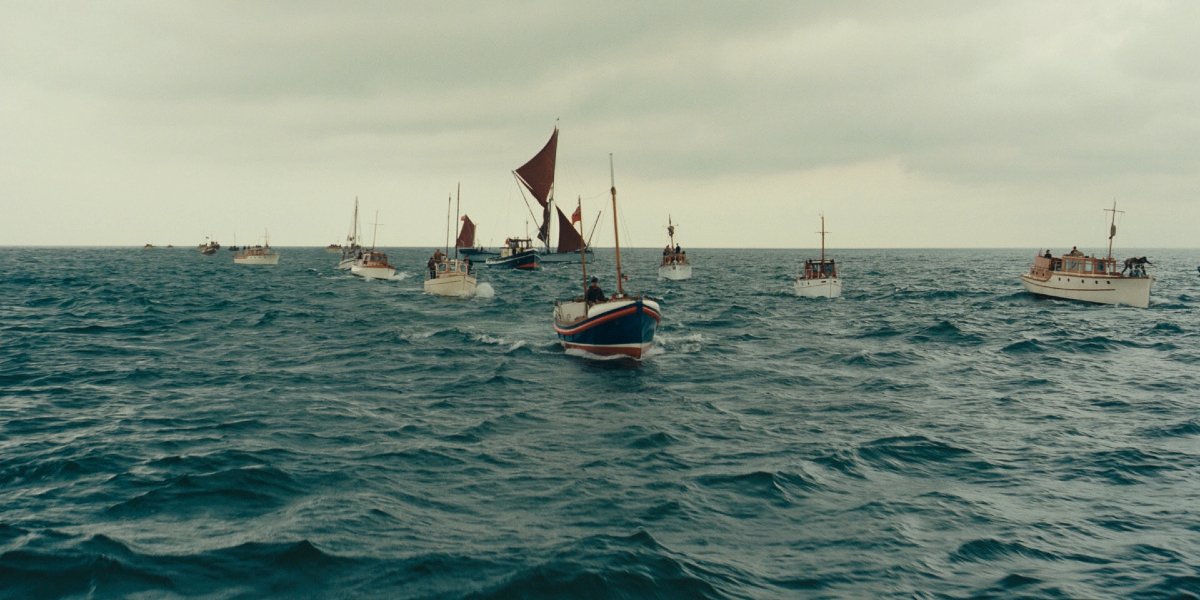
Dunkirk's Producers Believed The Story Required A Large Canvas, So They Went With IMAX And 65 MM Film
In order to properly tell the story of Dunkirk, Christopher Nolan and the rest of the film's producers and major players felt that it would require large format cameras, specifically IMAX and 65 mm film. This was touched on heavily in the film's making-of documentary, in which Nolan stated:
Dunkirk is a huge story and it demanded a large canvas, and the idea of telling the story from a subjective point of view, putting yourself in the mind of a person who is involved, that becomes key to telling the story for me.
It was a no-brainer to use IMAX for all of the sweeping shots of the beach and the Channel from the air, but the more dialogue heavy scenes required a camera that wouldn't drown out the actors like the notoriously loud IMAX camera is known to do. To get around this, they figured it would be best to use the 65mm format, which would still provide the big feel of the picture but have better sound properties.
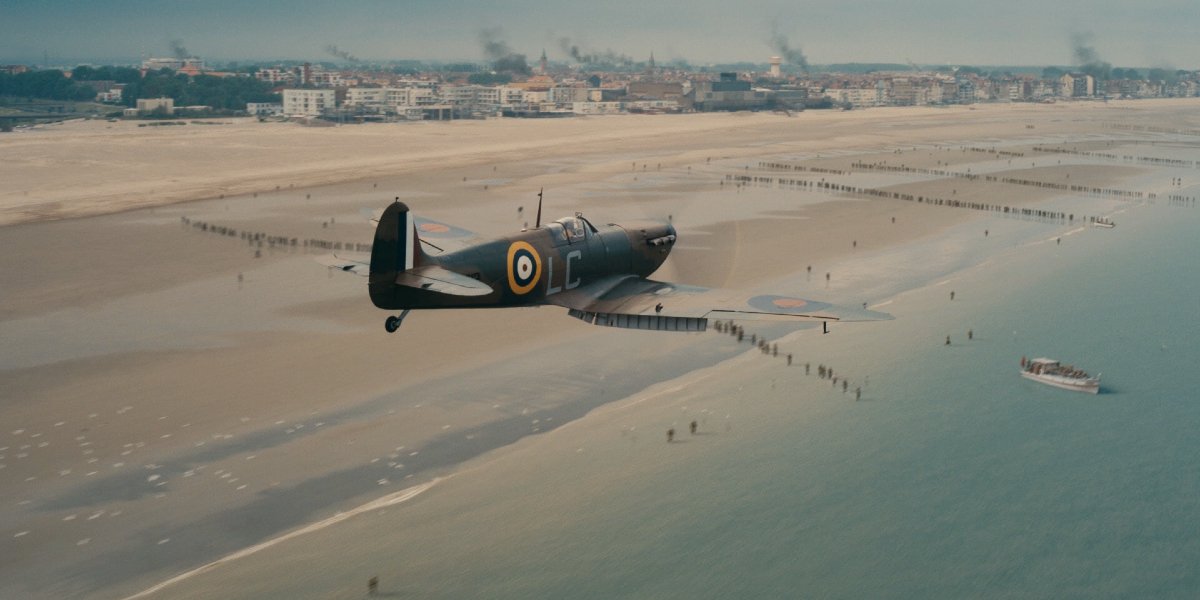
The Aerial Shots Were Captured By Attaching An IMAX Camera To The Wing Of A Plane
Dunkirk is an achievement in filmmaking for more than one reason, but one of the most striking examples is the amazing and thrilling way in which Christopher Nolan shot the dogfights and scores of aerial shots scattered about the movie. And while so many directors would have settled for CGI or composite shots stitched together in post-production, Nolan insisted on doing things the old-fashioned way, but with an IMAX camera fixed to the wing of the plane, as he revealed in a conversation with USA Today in 2017:
The [Yak-52 aircraft] had an open two-person cockpit. So we could put the camera right over the [actor's] shoulder and got up in the air with these guys. I would be on the ground waving [them off] as they took off. Craig [Hosking, aerial coordinator] would run the camera and fly the plane. They would do a half-hour sortie, come back and we'd look at the tape.
In that same USA Today article, Craig Hosking admitted that he didn't think the plane would be able to fly with the extremely heavy IMAX camera fixed to the wing, but as we saw in the movie, everything went according to plan.
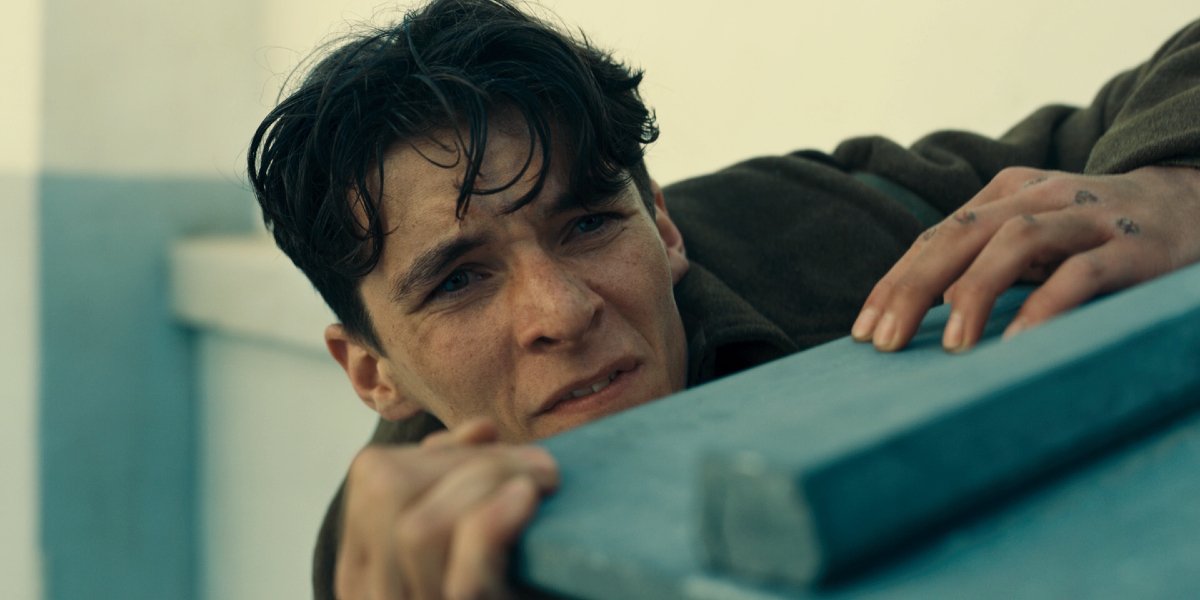
Christopher Nolan Wanted Young And Inexperienced Actors To Add Realism To The Movie
One of the elements of the Dunkirk evacuation that the film's producers were adamant about getting right was young and inexperienced soldiers who made up the 400,000 waiting to be saved from the beach back in 1940. In the making-of documentary on the film's Blu-ray, Christopher Nolan explained:
We were very determined to try and be true to the actual reality of what happened there, and how young these people would've been when they went off to fight in this terrible conflict. Some of them were really just kids.
To capture that, casting director Joseph Papsidera, looked at hiring young actors around the ages of 17 to 19 years old as well as people with little to no acting experience, explaining:
These are new kids going through this experience. They have not been on film sets before. You start exploding things around them, you're going to get very real reactions.
And it paid off, especially during all of those scenes where German planes come swooping over the beaches and the mole, leaving the British and French soldiers looking like fish in a barrel.
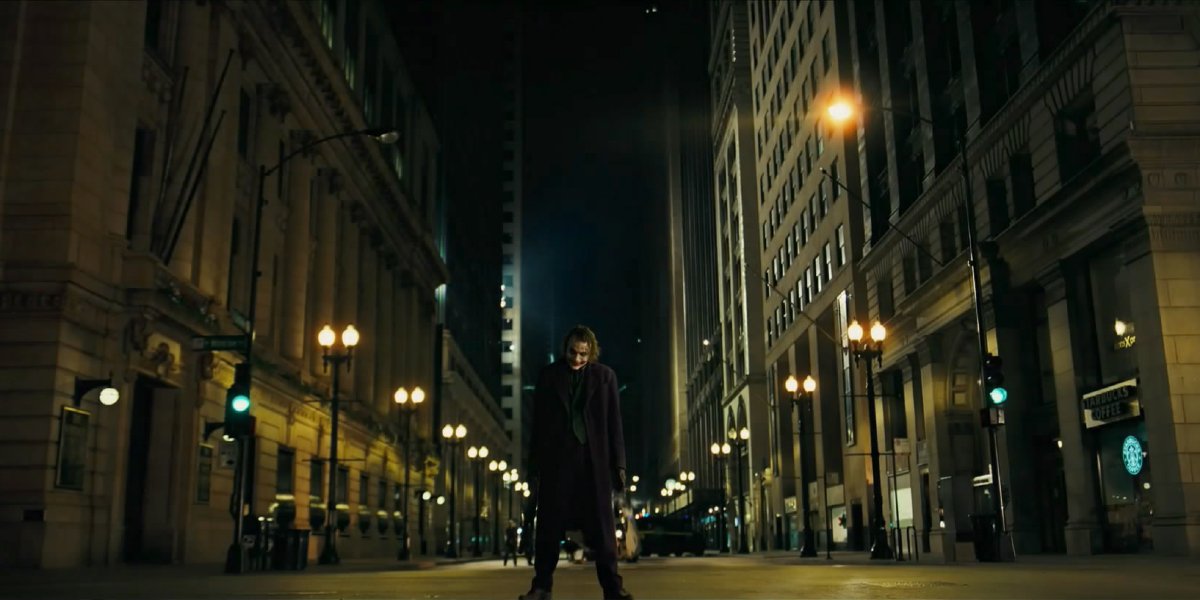
Christopher Nolan's Work On The Dark Knight Trilogy Prepared Him For Dunkirk
Filmmakers learn something with each of her different projects and that can be said for Christopher Nolan, who took elements of his Dark Knight trilogy and applied it to Dunkirk, which he explained during an interview with the Los Angeles Times:
I think the time I spent making large scale entertainment — with respect to entertainment, this is suspenseful entertainment. My 10 years working with the character [of Batman] is essential to understanding imagery and sound, and push-and-pull in a particular direction.
And it's not hard to see how Christopher Nolan applied the lessons he learned from telling a superhero movie that wasn't all that action-oriented and applied it to the war genre, which is historically centered around action set pieces instead of more long and tense shots that build the mood.
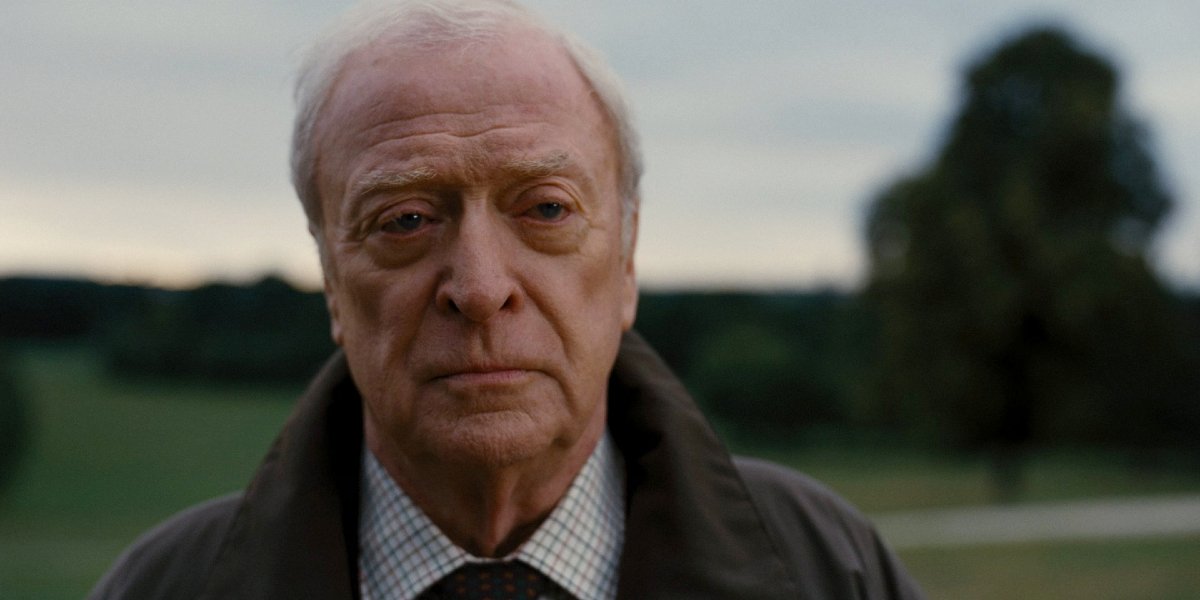
Wouldn't You Know It, Michael Caine Is In Dunkirk
Christopher Nolan loves using the same actors time and time again in his movies, and it's no different in Dunkirk which features two of the director's longtime featured players: Tom Hardy and Cillian Murphy. But two stars of The Dark Knight Rises and Inception aren't the only ones to make an appearance in the 2017 war drama, as none other than Michael Caine makes a brief appearance (his voice anyway).
Eagle eye, err eagle ear(?) members of the audience probably picked up on Caine's distinct voice as the commander on the other end of Hardy's radio throughout the early goings of the movie. Christopher Nolan confirmed in a conversation with NJ.com back in 2017, marking the seventh time the actor and director worked together (soon to be eight with Tenet).
Those are just a few of the insane behind-the-scenes facts about the making of Christopher Nolan's Dunkirk, and there are still plenty more out there worth digging up. Which one of these is your favorite? Make sure to sound off in the comments below.

Philip grew up in Louisiana (not New Orleans) before moving to St. Louis after graduating from Louisiana State University-Shreveport. When he's not writing about movies or television, Philip can be found being chased by his three kids, telling his dogs to stop barking at the mailman, or chatting about professional wrestling to his wife. Writing gigs with school newspapers, multiple daily newspapers, and other varied job experiences led him to this point where he actually gets to write about movies, shows, wrestling, and documentaries (which is a huge win in his eyes). If the stars properly align, he will talk about For Love Of The Game being the best baseball movie of all time.

